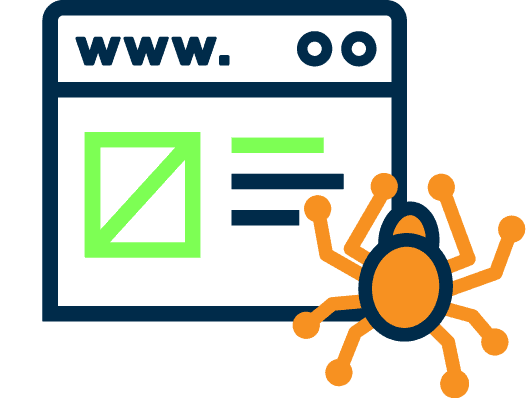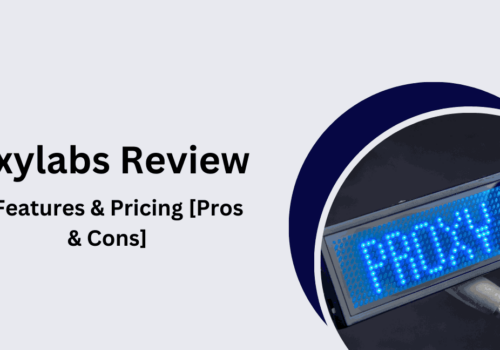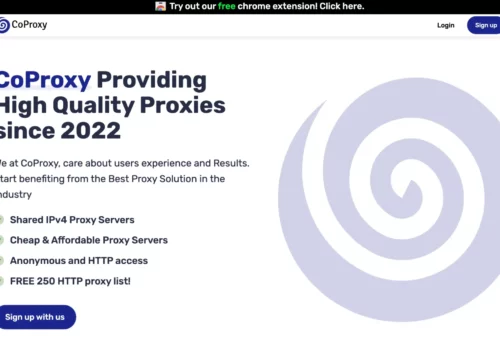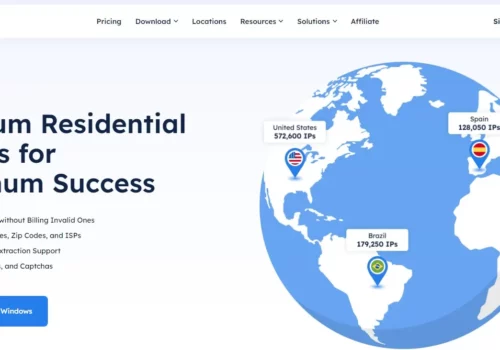Web crawlers, the little-known sidekicks of search engines that provide the entrance to easily accessible information, are essential for gathering internet content. Also, they are crucial to your search engine optimization (SEO) plan.
Now the thing to note here is that Search engines don’t magically know what websites exist on the Internet. For a particular website to have its existence on the search engines, it needs to be indexed, and this is where “Web Crawlers” come into play.
Before delivering the appropriate pages for keywords and phrases, or the terms users use to find a beneficial page, these algorithms must crawl and index them.
In other words, search engines explore the Internet for pages with the aid of web crawler programs, then store the information about those pages for use in future searches.
What is Web Crawling?
Web crawling is the process of utilizing software or automated script to index data on web pages. These automated scripts or programmes are sometimes referred to as web crawlers, spiders, spider bots, or just crawlers.
What is a Web Crawler?
A software robot known as a web crawler searches the internet and downloads the information it discovers.
Search engines like Google, Bing, Baidu, and DuckDuckGo run the majority of site crawlers.
Search engines build their search engine index by applying their search algorithms to the gathered data. Search engines can deliver pertinent links to users depending on their search queries thanks to the indexes.
These are web crawlers that serve purposes beyond search engines, such as the Internet Archive’s The Way Back Machine, which offers snapshots of webpages at specific points in the past.
In simple words;
A web crawler bot is similar to someone who sorts through all the volumes in an unorganised library to create a card catalogue, allowing anyone who visits to get the information they require quickly and easily.
The organizer will read each book’s title, summary, and some internal text to determine its topic in order to help categorise and sort the library’s books by subject.
How does a Web Crawler work?
Crawlers of the internet, like Google’s Googlebot, have a list of websites they want to visit every day. It’s called a crawl budget. The demand for indexing pages is reflected in the budget. The crawl budget is primarily affected by two factors:
- Popularity
- Staleness
Popular Internet URLs are typically scanned more frequently to keep them current in the index. Web crawlers also make an effort to keep URLs fresh in the index.
A web crawler first downloads and reads the robots.txt file when it connects to a website. The robots exclusion protocol (REP), a set of online standards that govern how robots explore the web, access and index material, and serve that content to users, includes the robots.txt file.
What user agents can and cannot access on a website can be defined by website owners. Crawl-delay directives in Robots.txt can be used to slow down the rate at which a crawler makes requests to a website.
In order for the crawler to find every page and the date it was last updated, robots.txt also includes the sitemaps linked to a particular website. A page will not be crawled this time if it has not changed since the prior time.
A web crawler loads all of the HTML, third-party code, JavaScript, and CSS when it eventually finds a website that has to be crawled. The search engine stores this data in its database, which is then used to index and rank the page.
All of the links on the page are also downloaded. Links added to a list to be crawled later are those that are not yet included in the search engine’s index.
You may also read
- Best Expression Engine Cloud Hosting
- 8 Key Elements Of Digital Marketing
- The Ultimate Guide To Bing Webmaster Tools For SEO
Why are web crawlers called ‘spiders’?
The World Wide Web, or at least the portion of it that the majority of people access, is another name for the Internet, and it’s where most website Addresses get their “www” prefix.
Search engine robots are commonly referred to as “spiders” because they trawl the Internet in much the same way that actual spiders do on spiderwebs.
What is the difference between web crawling and web scraping?
When a bot downloads website content without authorization, frequently with the intent of utilizing it for nefarious purposes, this practice is known as web scraping, data scraping, or content scraping.
In most cases, web scraping is far more focused than web crawling. While web crawlers continuously follow links and crawl pages, web scrapers may only be interested in certain pages or domains.
Web crawlers, especially those from major search engines, will adhere to the robots.txt file and limit their requests in order to avoid overloading the web server, unlike web scraper bots that may disregard the load they place on web servers.
Can web crawlers affect SEO?
Yes! But how?
Let’s break this down step-by-step. By clicking on and off of the links on pages, search engines “crawl” or “visit” websites.
But, you can request a website crawl from search engines by submitting your URL on Google Search Console if you have a fresh website without links tying its pages to others.
SEO, or search engine optimization, is the practice of preparing information for search indexing so that a website appears higher in search engine results.
A website can’t be indexed and won’t appear in search results if spider bots don’t crawl it.
Due to this, it is crucial that web crawler bots be not blocked if a website owner wishes to receive organic traffic from search results.
Quick Links
- Yahoo Web Hosting Plans
- How To Start A Successful Dropshipping Website
- Top 36 SEO Interview Questions
- Surfer SEO Vs. Page Optimizer Pro
Web Crawler examples
Every well-known search engine has a web crawler, and the big ones have numerous crawlers, each with a particular focus. For instance, Google’s primary crawler, Googlebot, handles both desktop and mobile crawling.
But there are also a number of other Google bots, like Googlebot News, Googlebot Photos, Googlebot Videos, and AdsBot. These are a few additional web crawlers you might encounter:
- DuckDuckBot for DuckDuckGo
- Yandex Bot for Yandex
- Baiduspider for Baidu
- Yahoo! Slurp for Yahoo!
- Amazon bot for Amazon
- Bingbot for Bing
Other specialized bots exist as well, such as MSNBot-Media and BingPreview. MSNBot, which used to be its primary crawler but has since been pushed to the side for routine crawling, is now only responsible for small website crawl tasks.
Web Crawler- Conclusion
So now we hope you have got a clear understanding of web crawlers, and what they are? How do these work? Their connection with web scraping and much more.
Quick Links







